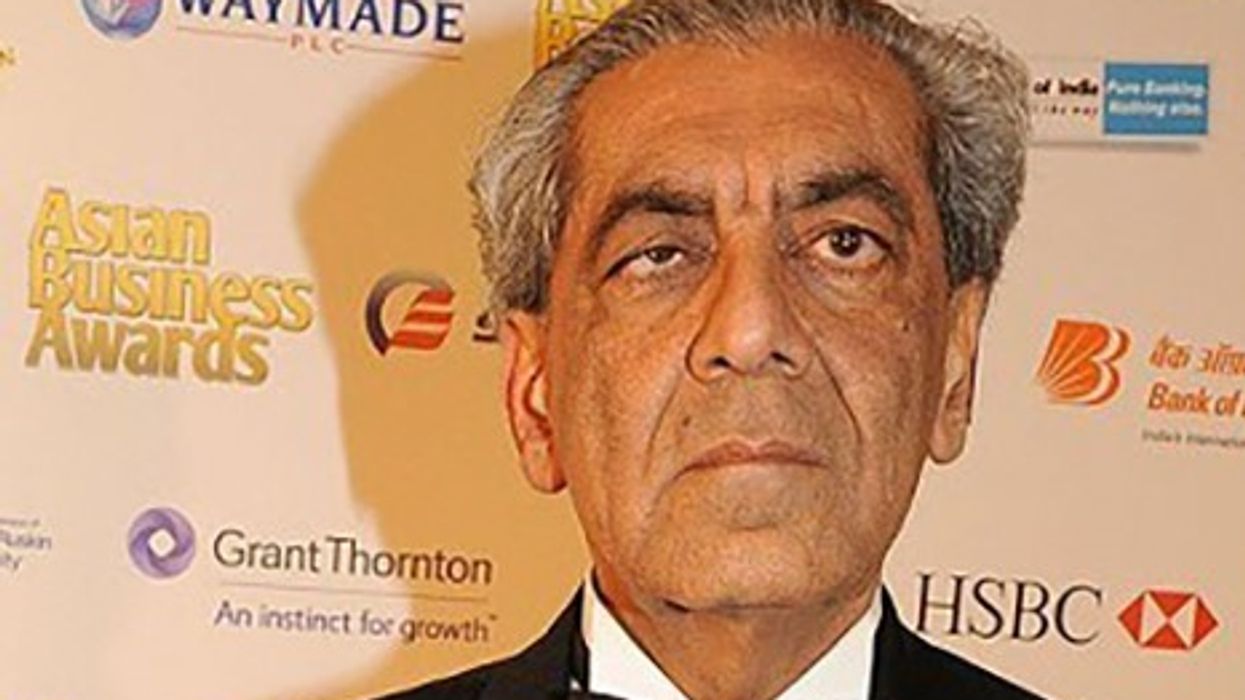Fronted by Radhika Madan, Indian film Sanaa is set to open the upcoming edition of the UK Asian Film Festival, which will take place from May 4th to May 13th.
Madan along with director Sudhanshu Saria will grace the special screening at the BFI Southbank in London.
Excited about the screening, Radhika said, "Sanaa is a very special film for me. It's a film that talks about unresolved trauma, something that a lot of people go through but never talk about. It was a challenging role for me, and I am so glad that it has been appreciated by audiences worldwide. I am really excited to present the film at UK Asian Film Festival and to share Sanaa with the audience there."
Sudhanshu Saria also expressed happiness. "What an honour for the entire team to launch the 25th edition of UK Asian Film Festival with our film! We are thrilled to be part of this wonderful event that has been celebrating diverse voices and helping change minds for the past 25 years. Sanaa is an intimate and raw portrait of the modern Indian woman and I can't wait to see how it resonates with British audiences," he said.
Sanaa follows the story of a headstrong and ambitious girl (Radhika), waging an internal battle that is rooted in unhealed trauma. Pooja Bhatt, Sohum Shah, and Shikha Talsania are also a part of the film.
Stay tuned to this space for more updates!
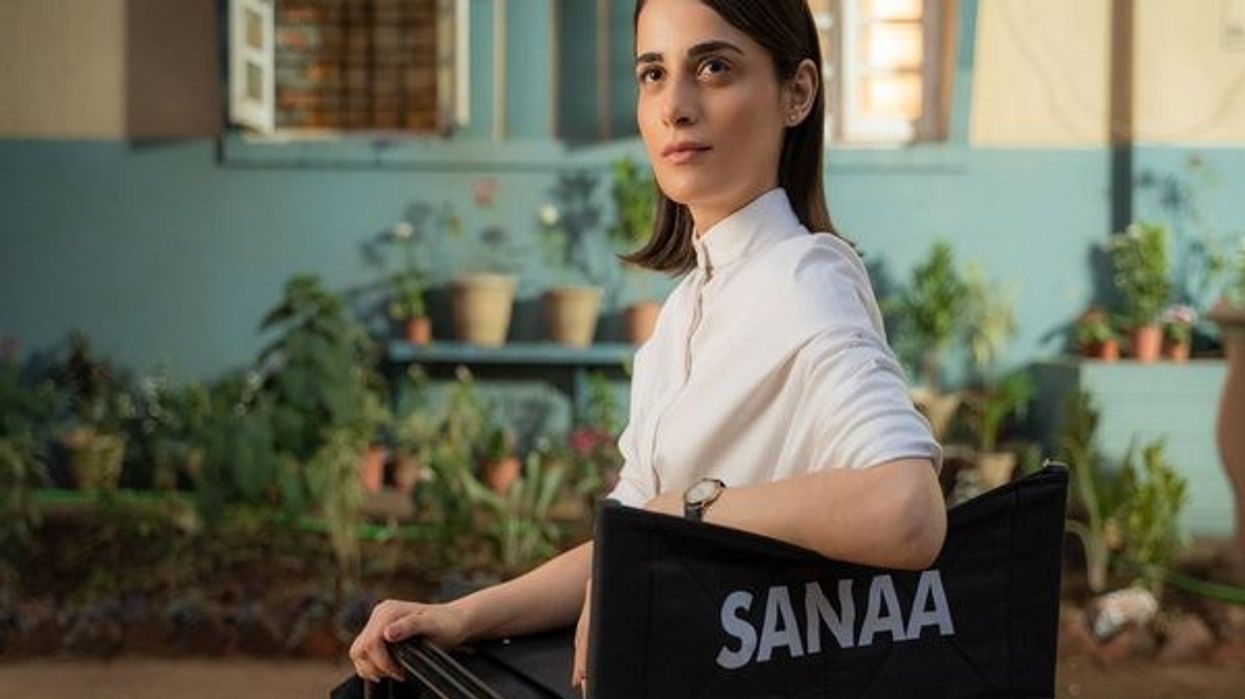
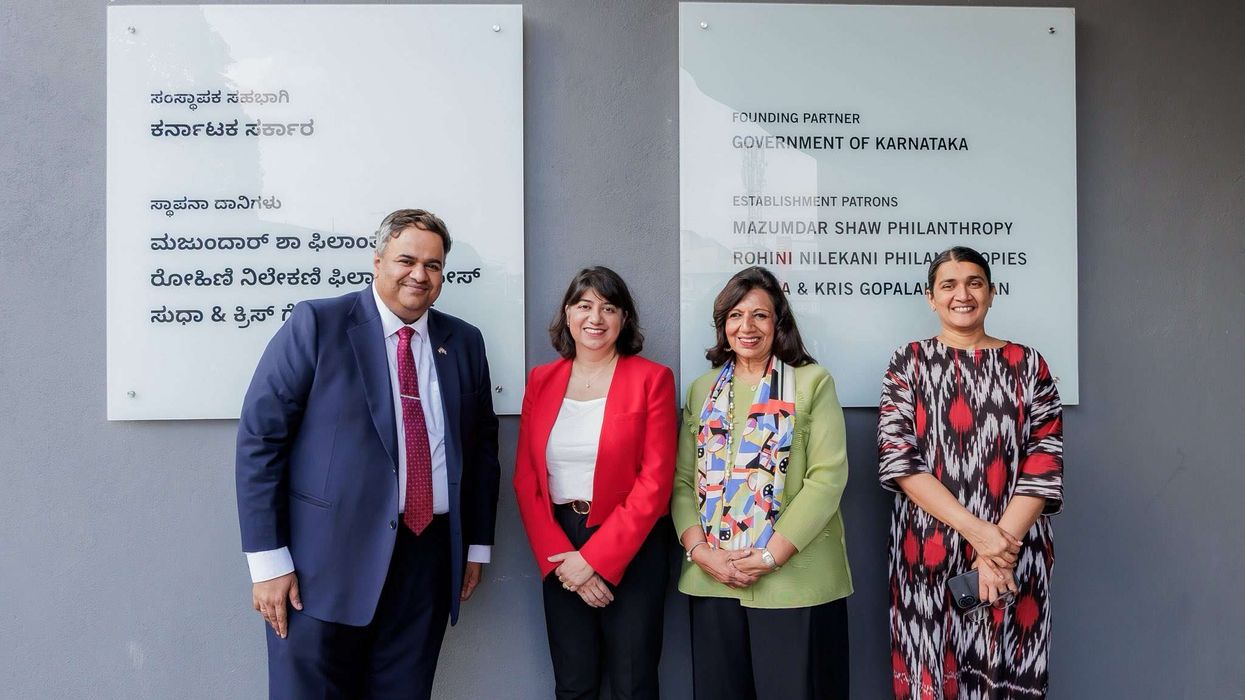

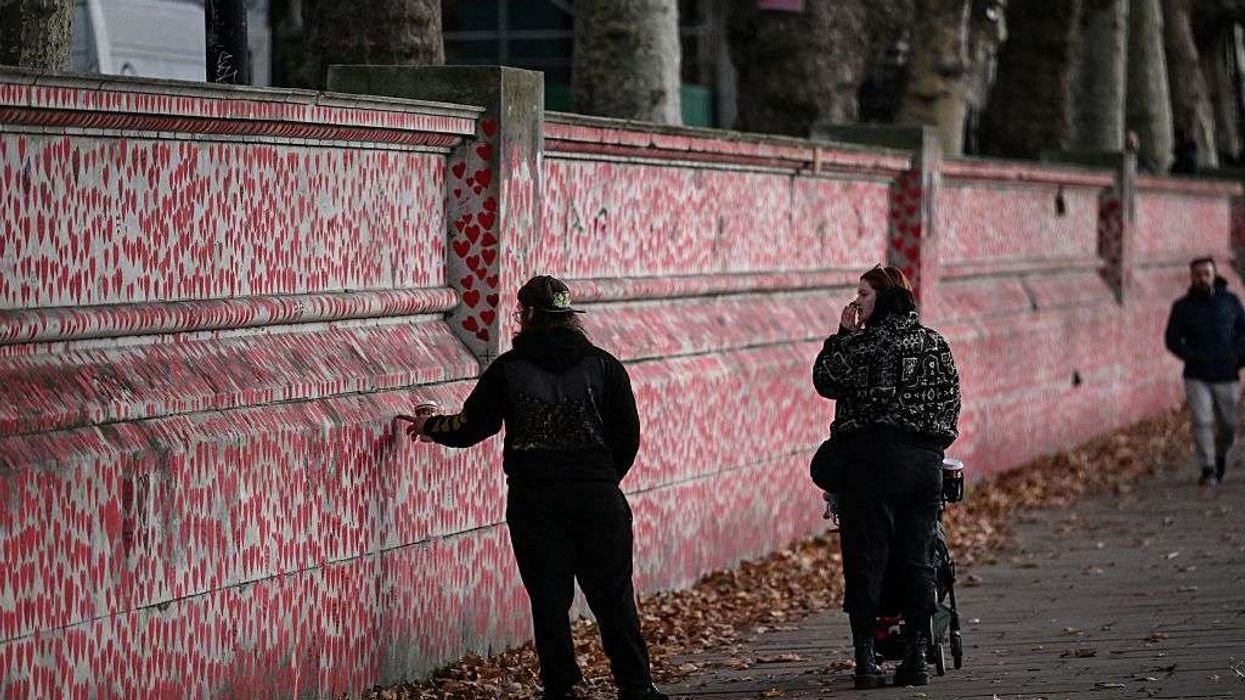


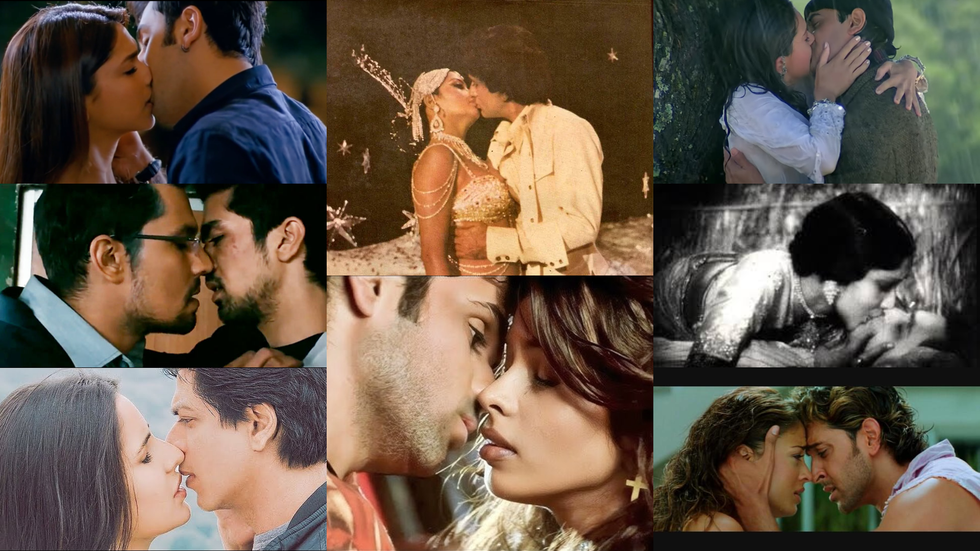 Bollywood On Screen Kiss Evolution Bollywood On Screen Kiss Evolution
Bollywood On Screen Kiss Evolution Bollywood On Screen Kiss Evolution 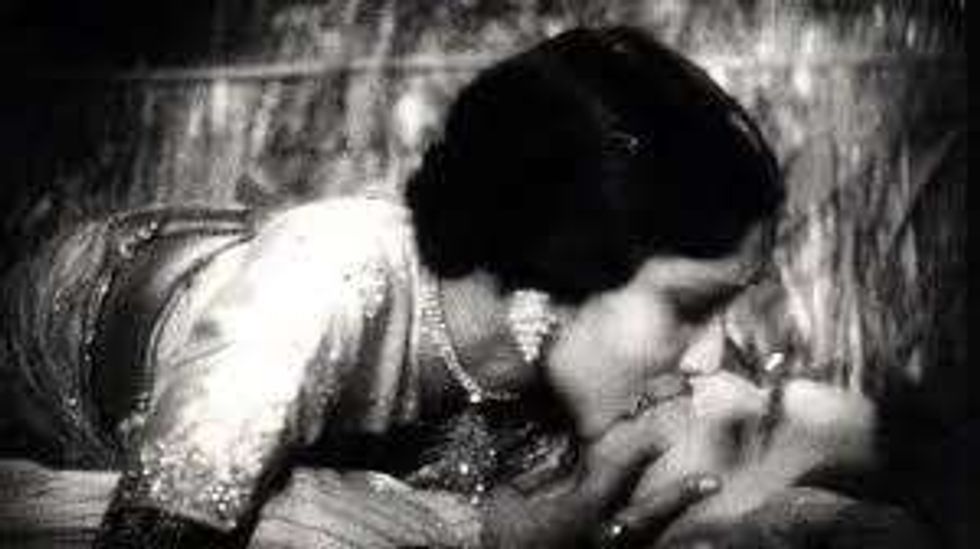 Karma
Karma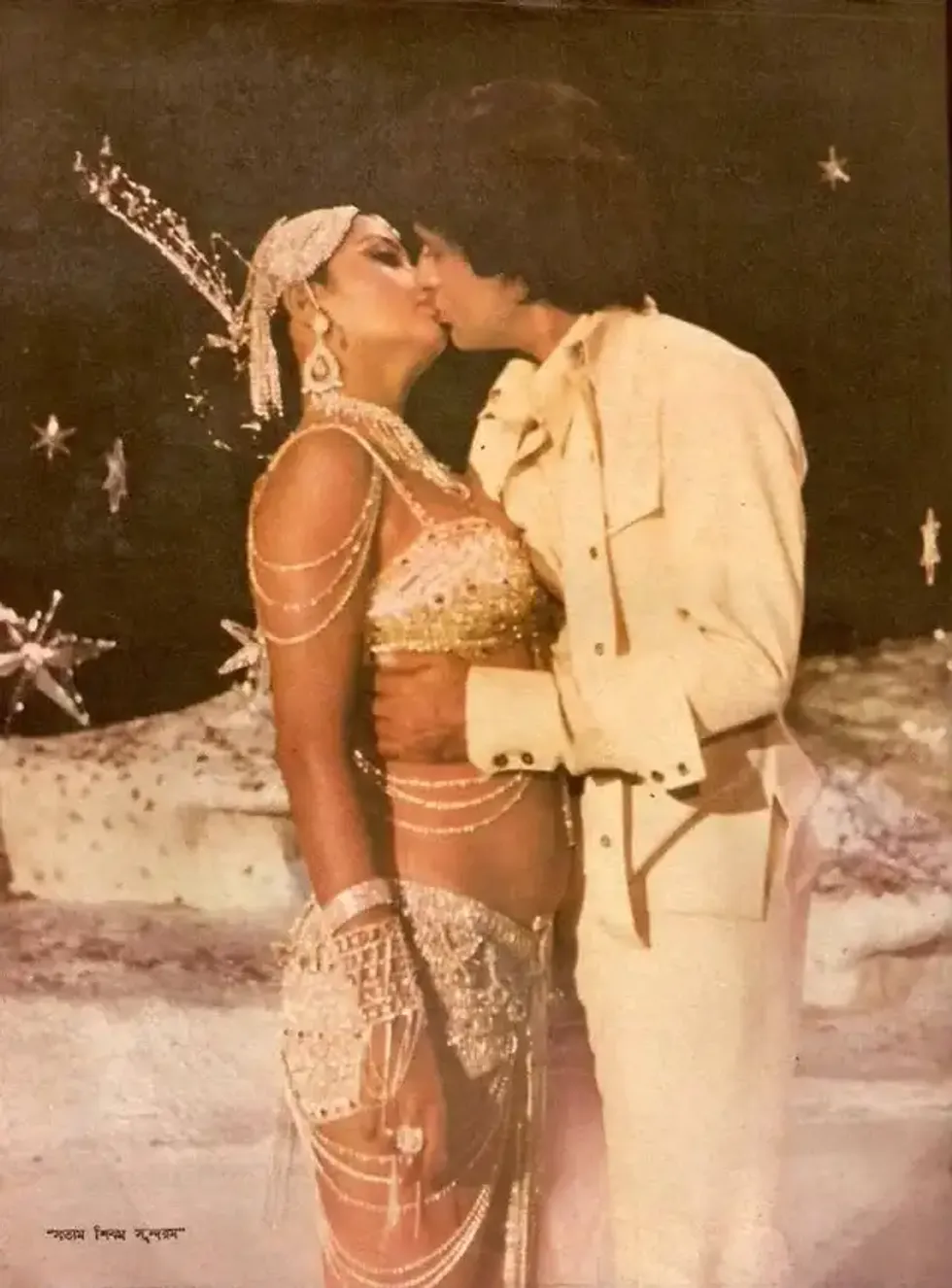 Satyam Shivam Sundaram
Satyam Shivam Sundaram 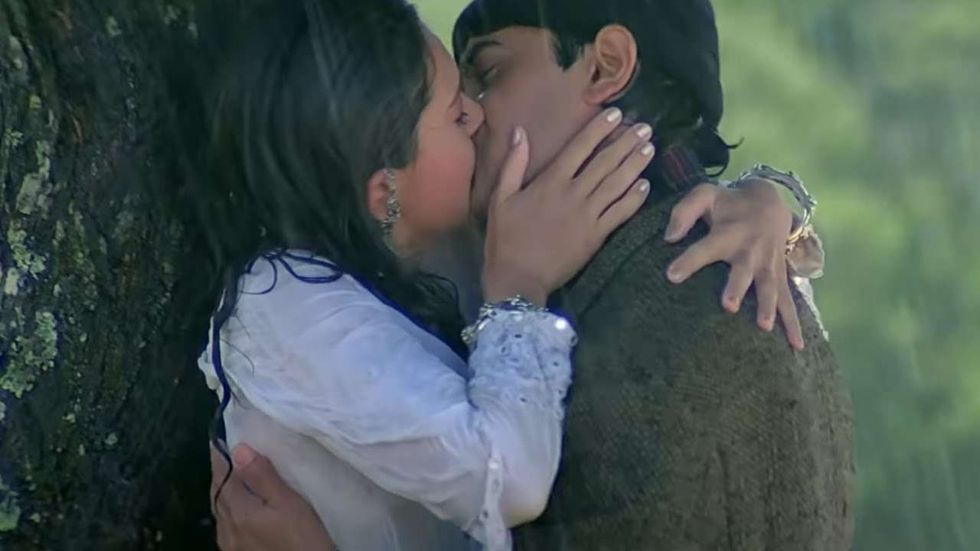 Raja Hindustani
Raja Hindustani  Murder
Murder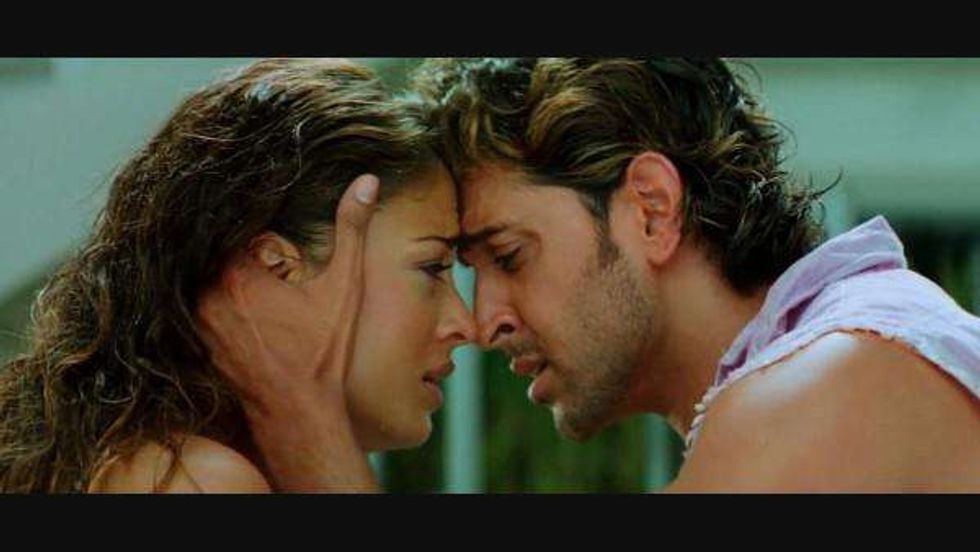 Dhoom 2
Dhoom 2  Jab Tak Hai Jaan
Jab Tak Hai Jaan Bombay Talkies
Bombay Talkies Yeh Jawaani Hai Deewani
Yeh Jawaani Hai Deewani